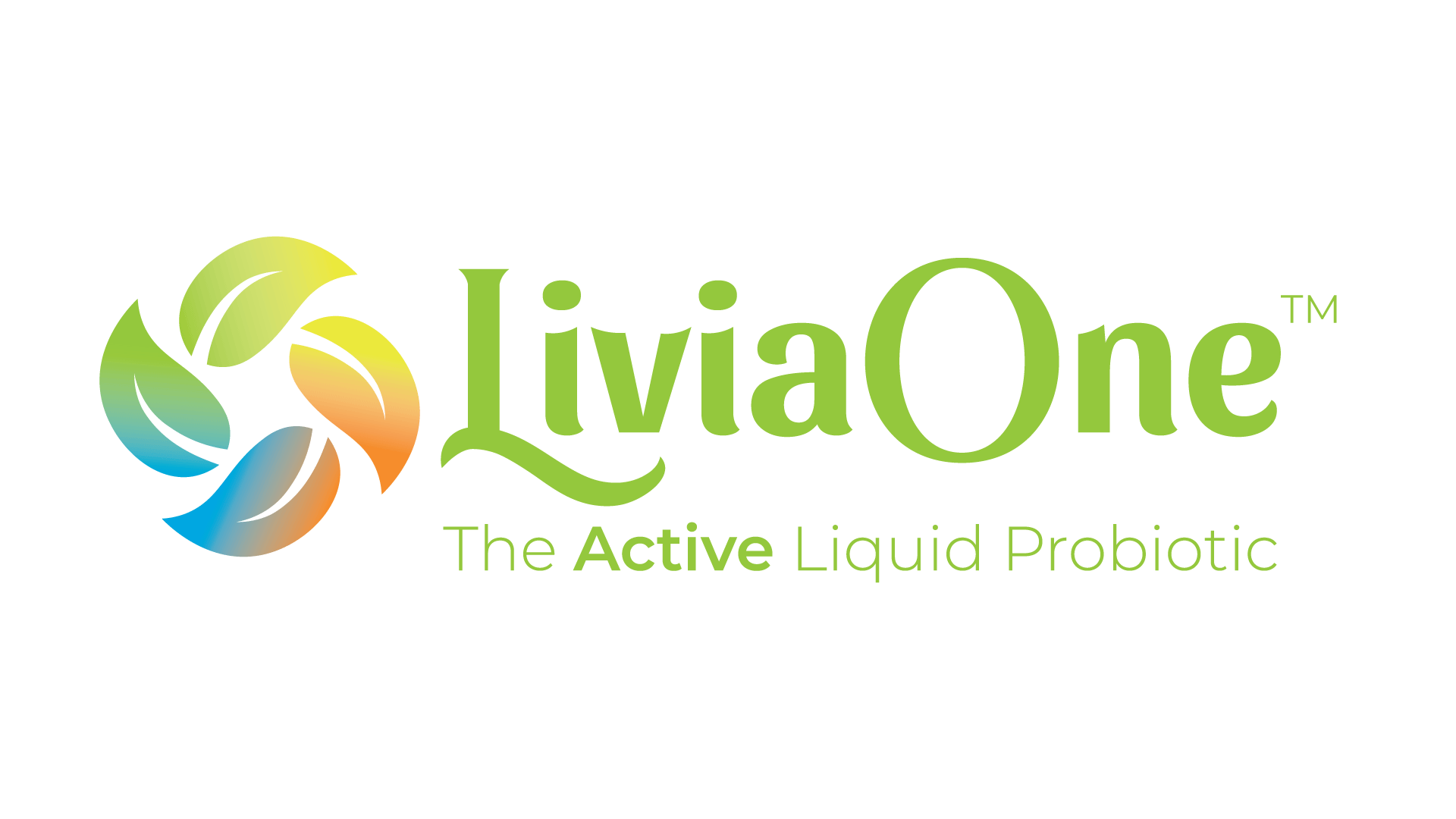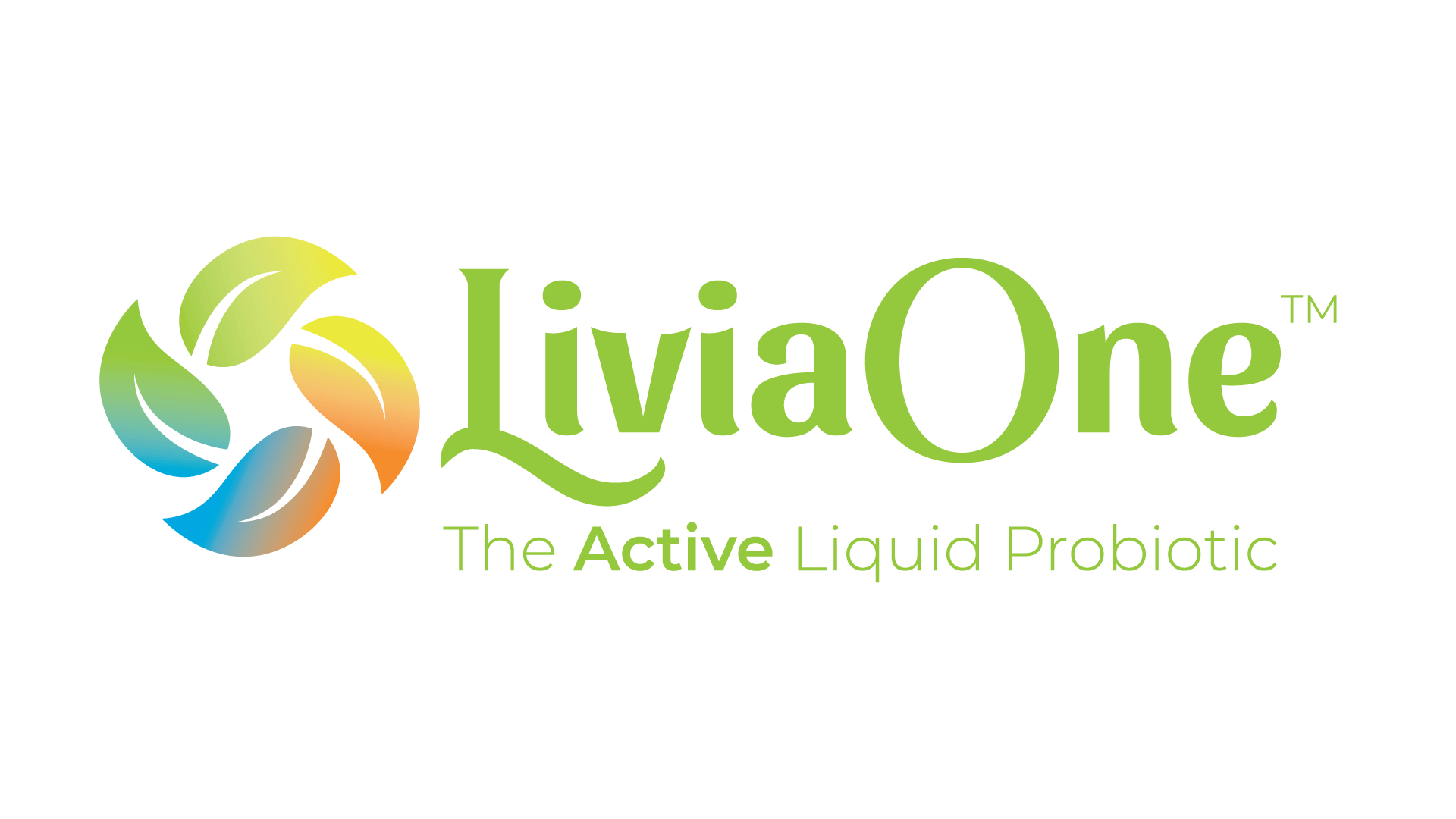Streptococcus Thermophilus
As long ago as 1907, when Russian biologist and Nobel Prize winner Elie Metchnikoff wrote about longevity research in his book The Prolongation of Life, the bacterial strain Streptococcus thermophilus was known to promote gastrointestinal health. Streptococcus thermophilus, along with Lactobacillus bulgaricus, soon became the starter strains used to make yogurt. Today, these two probiotics are still used in the production of true yogurt.
Many of the yogurts sold in grocery stores are not this true yogurt. Some do not use the appropriate probiotic strains, as these are usually more expensive. Some do, but still pasteurize their product after the culturing process. Pasteurization destroys harmful bacteria, but it also destroys the beneficial organisms such as Streptococcus thermophilus. Consumers can look for the National Yogurt Association's Live & Active Cultures seal on packaged yogurt. This means the product did contain live cultures when it was made, although it is no guarantee that the beneficial bacteria will still be alive after shipping and storage.
By purchasing a starter of Streptococcus thermophilus and Lactobacillus bulgaricus, yogurt can be made at home with a simple recipe. These probiotic cultures are available most health food stores, online, and even in the health food section of some grocery stores. Boil one quart of milk, preferably 2% or whole milk, then remove it from heat and cool to between 104 degrees and 114 degrees. It is important to use a sterile container to pour the milk into. Add a generous teaspoon or the appropriate amount listed on the package instructions of the yogurt starter. Stir, cover, and incubate at 104 to 110 degrees for six to ten hours. Refrigerate.
This constant incubation temperature is a very important part of the process. Those that have trouble maintaining this temperature might want to consider purchasing a yogurt maker, which regulates temperature.
The process behind this yogurt production is beneficial to digestive health in a couple of ways. The good bacteria ferment the sugar in the milk, also known as lactose. The lactose is transformed into lactic acid, which is highly effective in preventing lactose intolerance. The production of the lactic acid reduces pH and results in the milk curdling and turning tart. This also prevents the growth of bacteria that causes food poisoning.
Streptococcus thermophilus is used as a starter culture for dairy foods besides yogurt, including Mozzarella cheese. It is considered one of the most commercially important of the lactic acid bacteria. USDA statistics from 1998 showed that more than 2.24 billion pounds of Mozzarella cheese and 1.37 billion pounds of yogurt were produced, for almost five million dollars in consumer value. Today's 40 billion dollar dairy industry relies more and more on Streptococcus thermophilus and other probiotic strains.
The cell structure of Streptococcus thermophilus allows the bacteria to endure elevated temperatures, such as the many industrial dairy fermentation processes that require high temperatures. Streptococcus thermophilus also lacks genes which contain surface proteins. This is important because harmful bacteria use these surface proteins to attach to mucosal tissues and hide from the body's defensive actions.
Ongoing research and experimentation have improved the Streptococcus thermophilus strain even beyond its natural beneficial state. This improved strain is responsible for the consistent taste and texture of many dairy products. It also provides stable fermentation and a resilience to bacteriophage.
Streptococcus thermophilus also produces exopolysaccharides. These are essential to the texture of fermented milk products and also to the production of reduced-fat dairy products that maintain similar characteristics to their full-fat counterparts. One of Streptococcus thermophilus' unique abilities is that it can break down casein, the protein in dairy products like cheese. It reduces them into small peptides and amino acids that are required for the maturation of textures and flavors in reduced-fat cheeses. Different bacterial strains produce cheeses with differing characteristics. Streptococcus thermophilus, for example, produces a low-moisture cheddar cheese with a minimal level of bitterness, good for very mild cheddar cheese. However, by combining bacterial strains with varying characteristics, a high quality, reduced-fat cheddar cheese may be produced that is very similar to regular, full-fat cheddar.
In addition to the natural ability of Streptococcus thermophilus to prevent transformation of nitrates into cancer-causing nitrites, the bacterium has other exciting cancer-related applications. One strain which is undergoing exciting research is Streptococcus thermophilus TH-4. Chemotheraphy often causes intestinal mucositis, severe inflammation of primarily the small intestines which can be fatal. Although there are a variety of treatments for this condition, they often do not work.
A 2009 study in Adelaide, Australia has shown very positive results when Streptococcus thermophilus TH-4 was used to treat rats with mucositis caused by chemotherapy drugs. Rats responded to the treatment by showing a normalization of healthy cell function in the affected areas and a significant reduction of distress to the tissue of the intestines.
As research continues to produce varied strains of Streptococcus thermophilus, the usefulness of this probiotic seems limitless. Its effects on digestive and overall health have already been widely documented. Its benefits to cancer patients undergoing chemotherapy are beginning to be understood. Streptococcus thermophilus is one of the many reasons probiotics are changing the health industry.
REFERENCES:
Awad, S. et al. (2005). Journal of Dairy Science. Application of Exopolysaccharide-Producing Cultures in Reduced-Fat Cheddar Cheese: Composition and Proteolysis.
European Bioinformatics Institute. (2009). Bacteria Genomes Streptococcus Thermophilus.
Taylor, John R. and Mitchell, Deborah. The Wonder of Probiotics. New York, NY: St. Martin's Press, 2007.
Trenev, Natasha. Probiotics: Nature's Internal Healers. Garden City Park, New York: AveryPublishing Group, 1998.
U.S. Department of Energy. Office of Science. (2009). Streptococcus thermophilus LMD-9.
Whitford, E.J. et al. (2009). National Center for Biotechnology Information. Effects of Streptococcus thermophilus TH-4 on Intestinal Mucositis Induced by the Chemotherapeutic Agent, 5- Fluorouracil (5-FU).
For more information:
 A complete description of probiotics, along with groundbreaking recent clinical research illustrating the many ways probiotics can prevent disease, can be found in Probiotics - Protection Against Infection: Using Nature's Tiny Warriors To Stem Infection. This new compendium from one of contributing authors of the content on this page, Dr. Casey Adams, PhD., takes the confusion out of selecting and supplementing with probiotics. Referencing over 500 scientific studies and reports, and with detailed instructions on how to make your own probiotic foods, this book is a must for anyone seeking to understand the power of probiotics, and improve their immunity and vitality. Click here for ordering information.
A complete description of probiotics, along with groundbreaking recent clinical research illustrating the many ways probiotics can prevent disease, can be found in Probiotics - Protection Against Infection: Using Nature's Tiny Warriors To Stem Infection. This new compendium from one of contributing authors of the content on this page, Dr. Casey Adams, PhD., takes the confusion out of selecting and supplementing with probiotics. Referencing over 500 scientific studies and reports, and with detailed instructions on how to make your own probiotic foods, this book is a must for anyone seeking to understand the power of probiotics, and improve their immunity and vitality. Click here for ordering information.
Please read this Disclaimer:
The contents of this site, such as text, graphics, images, information obtained from www.Probiotic.org licensors and other material ("Content") contained on this site is for informational purposes only. The Content is not intended to be a substitute for professional medical advice, diagnosis or treatment. Always seek the advice of your physician or other qualified health provider with any questions you may have regarding a medical condition. Never disregard professional medical advice or delay in seeking it because of something you have read on this site!

